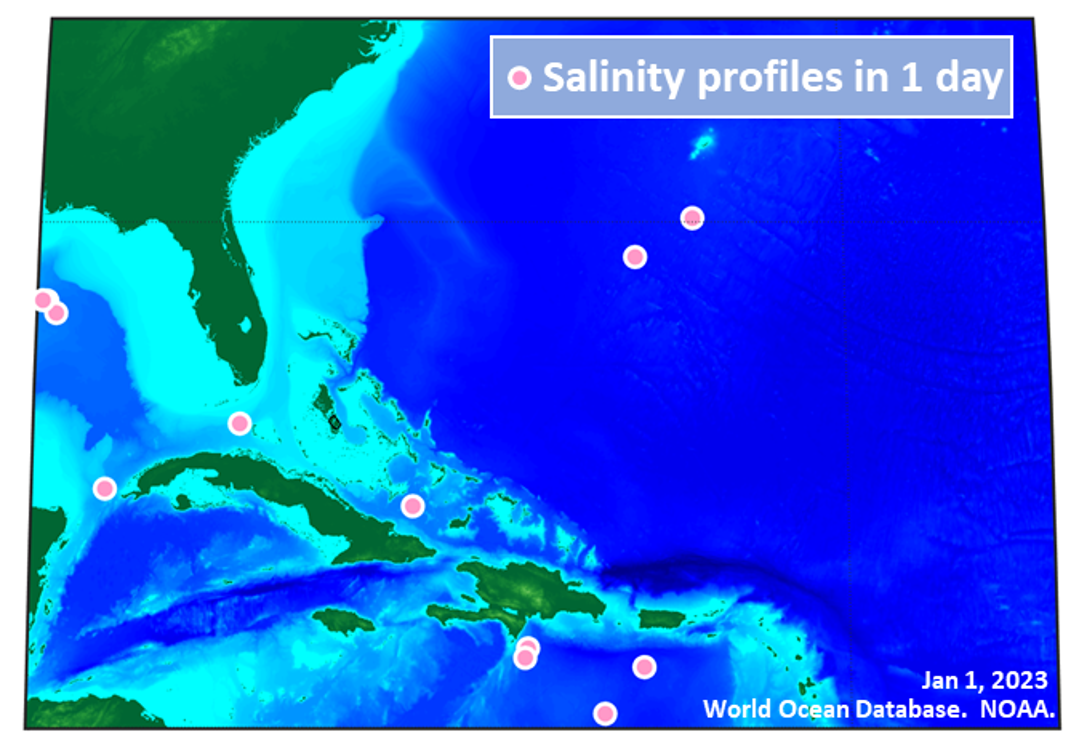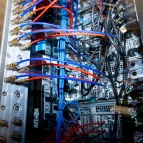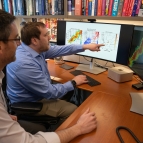Compact Optical Salinity Sensor

The ocean is a complex system, and its currents are responsible for significant transport of heat around the globe. To validate climate models and generally increase the density of the climatological record, it is critically important to make more measurements of the ocean. While satellite measurements of the ocean surface are possible over wide areas with rapid revisit times, probing the vertical structure requires physically lowering a sensor into the depths. Salinity sensors used for this task can be prohibitively expensive, especially when considering the number of sensors needed to build a dense, distributed network.
To enable such widespread ocean profiling, we are investigating low–cost, size, weight, and power means of measuring salinity. We have identified optical sensor methodologies as the most promising new technology to apply to this wide-area sensing problem and to improve on the size and cost of typical conductivity-based salinity sensors used in most ocean profiling today.
One approach we are pursuing is a prism-based refractometer using cell phone–style camera detectors encapsulated in epoxy. A refractometer measures the angle at which light is bent in a solution; the amount of refraction increases with salinity, thus enabling salinity measurements.
We are also investigating an interferometric approach using Lincoln Laboratory’s silicon-nitride photonic integrated circuit platform. An optical interferometer creates an interference pattern of peaks and nulls by combining light that has traveled along different paths. When one path has different salinity content, the interference pattern changes; salinity can thus be measured by analyzing the change in light amplitude. This approach offers resolution to cover the ocean’s typical salinity concentration, which is around 35 parts per thousand by weight (g/kg).



